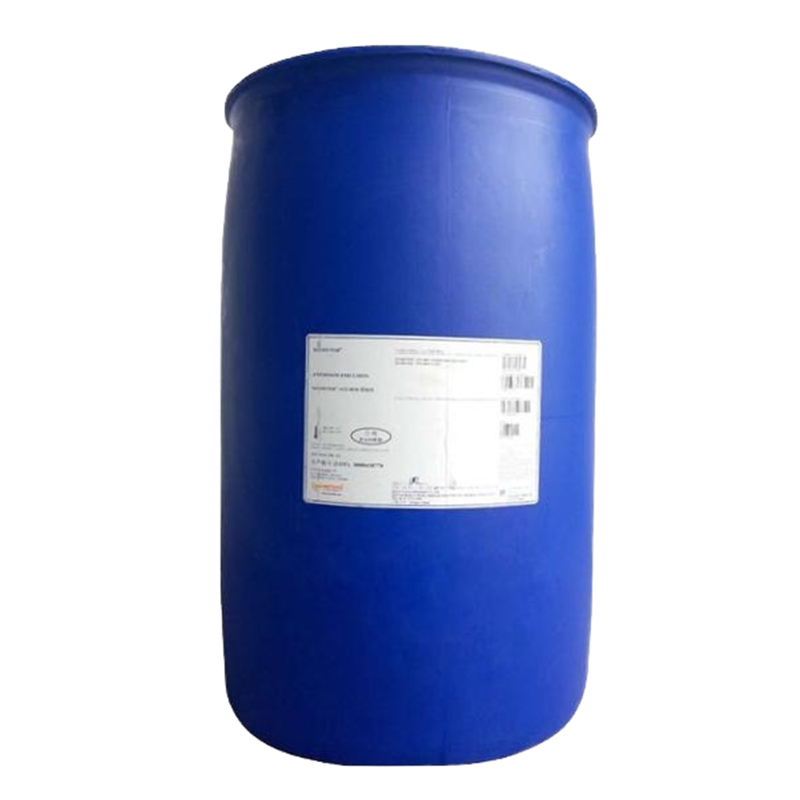How Does Antifoam Work?
Antifoam is a specialized additive used to control foam in industrial processes. Foam forms when air or gas gets trapped in a liquid, stabilized by surfactants, proteins, or impurities. While foam might appear harmless, in many industries—such as wastewater treatment, food processing, pharmaceuticals, and paper production—foam can block equipment, reduce efficiency, and compromise product quality. Antifoam provides a solution by rapidly eliminating bubbles and preventing new foam from forming.
Table of Contents
The Science Behind Foam Formation
Foam is essentially a collection of gas bubbles separated by thin liquid films. Surfactants or organic matter stabilize these films, making foam persistent. In high-speed mixing, fermentation, or aeration processes, foam formation intensifies and can overflow tanks or reactors. This creates operational challenges that require chemical intervention.
How Antifoam Works
Spreading on the Foam Surface
Antifoam droplets spread quickly over the foam layer. By doing so, they weaken the liquid film that holds bubbles together.Breaking Bubble Walls
The antifoam particles penetrate the foam lamella (the thin film between bubbles), disrupting its stability and causing the bubbles to collapse.Reducing Surface Tension
Antifoams lower local surface tension, making it difficult for new bubbles to form. This prevents foam from reappearing during continuous operations.Acting at Low Concentrations
Even at very small dosages, antifoam agents are highly effective because they act at the interface where foam is generated.
Types of Antifoam Action
Silicone-Based Antifoam: Known for excellent spreading ability, silicone products like Momentive sagtex™ phd offer long-lasting foam suppression, even under high temperatures.
Food-Grade Self-Emulsifying Antifoam: Products such as Dowsil afe-1520 disperse easily in aqueous systems and are designed for safe use in food and beverage processing.
Oil-Based Antifoam: Effective in fermentation and pulp applications, these rely on oils combined with hydrophobic particles to destabilize foam films.
Water-Based Antifoam: Suitable for systems requiring high dilution, providing broad foam control in water-intensive industries.
Why Antifoam is Essential
Prevents Equipment Blockage: Avoids overflow in tanks, pipes, and aeration basins.
Improves Process Stability: Ensures smooth chemical reactions and consistent product quality.
Saves Costs: Reduces downtime, cleaning, and maintenance expenses.
Supports Compliance: Food-grade and pharmaceutical-approved antifoams ensure safety in sensitive industries.
Conclusion
Antifoam works by attacking foam at its weakest point—the bubble film—causing rapid collapse and preventing new bubbles from forming. Whether silicone-based for heavy-duty processes or food-grade for safe consumption applications, antifoams ensure stable, efficient, and cost-effective production. Choosing the right formulation, such as Momentive SagTex™ PHD or Dowsil AFE-1520, guarantees effective foam control tailored to your industry.

Previous: Is Antifoaming Agent Harmful?
Next: What Is Antifoam?



